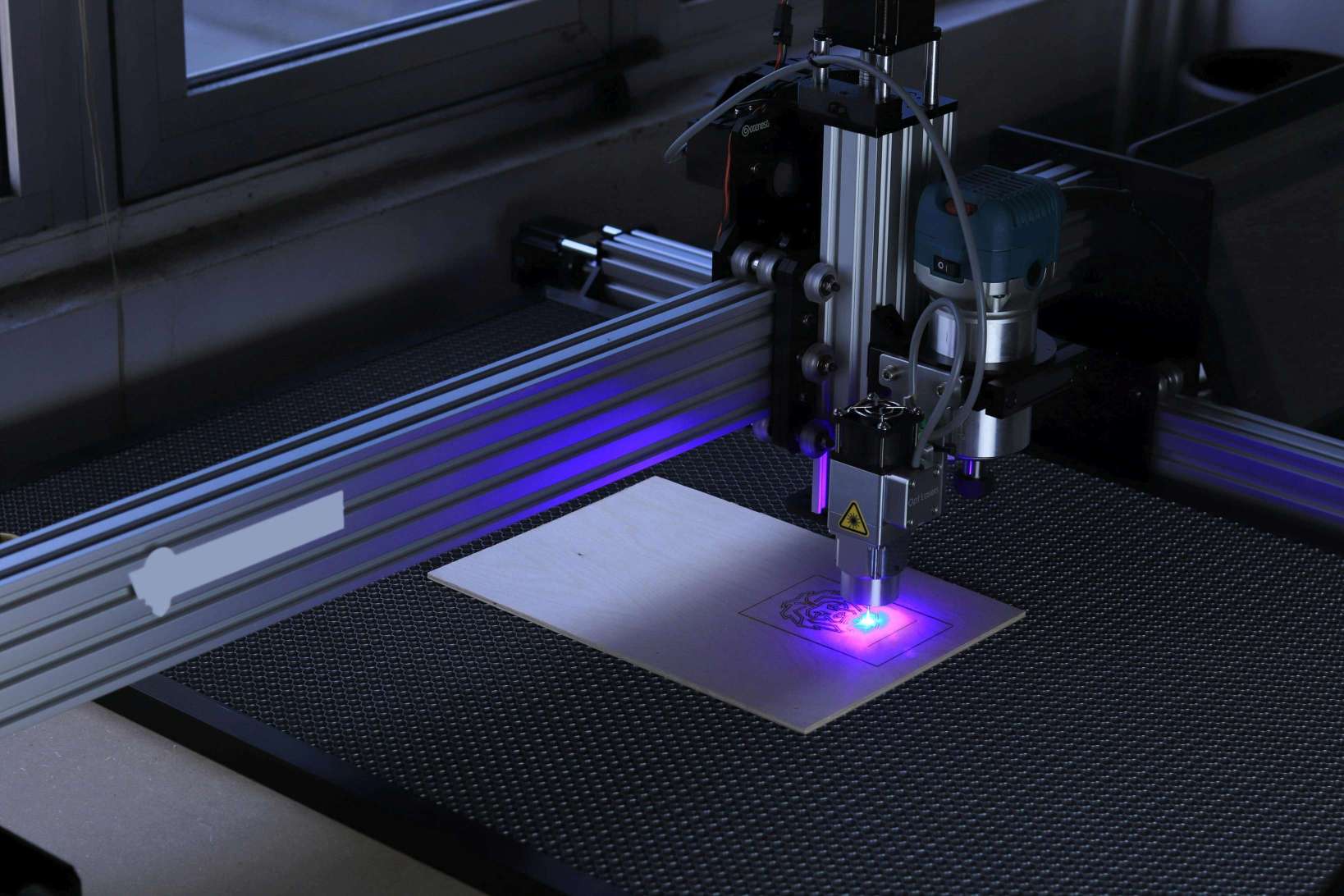Robots and Gaming: The Intersection of Robotics and Interactive Entertainment
3 min read
25 Aug 2024
The convergence of robotics and gaming represents a fascinating frontier in interactive entertainment. As robotics technology advances, robots are increasingly becoming integral to gaming experiences, from physical game components to interactive companions. This article explores the intersection of robotics and gaming, highlighting current innovations, future possibilities, and the impact on both developers and players.
Physical Gaming Accessories: Robots are being integrated into physical gaming accessories to enhance immersion and interactivity. For example, robotic peripherals like motion-sensing controllers and haptic feedback devices can simulate real-world sensations and interactions within virtual environments. These accessories allow players to feel more connected to the game world, enhancing gameplay and realism.
Educational Robotics Games: Robotics-themed educational games are gaining popularity as tools for learning and skill development. These games often involve programming robots to solve puzzles, navigate obstacles, or complete missions. By engaging with robotics concepts in a playful and interactive manner, players can develop problem-solving skills, logical thinking, and an understanding of robotics principles.

Robot-Assisted Gaming Therapy: Robotics is also being used in therapeutic gaming applications. For instance, robots are employed as companions or assistants in games designed to improve cognitive functions, motor skills, or emotional well-being. These games can benefit individuals with disabilities, elderly individuals, or patients undergoing rehabilitation, providing both entertainment and therapeutic benefits.
AI-Driven Robot Opponents: In gaming, robots equipped with artificial intelligence (AI) can serve as challenging opponents for players. These AI-driven robots can learn and adapt to player strategies, offering dynamic and competitive gameplay experiences. Whether in physical robot competitions or virtual environments, AI-powered robot opponents can provide a level of challenge and engagement that traditional NPCs may struggle to match.
Robotic Characters and Companions: Robots are increasingly being integrated into games as characters or companions with distinct personalities and abilities. These robotic entities can interact with players, respond to commands, and even evolve based on player interactions. This adds a new layer of depth and immersion to storytelling in games, creating memorable and meaningful relationships between players and their robotic counterparts.
Robotics in Augmented Reality (AR) and Virtual Reality (VR): Robotics technology enhances AR and VR gaming experiences by merging physical and virtual worlds. For example, robotic platforms can serve as physical avatars or interfaces within virtual environments, allowing players to interact with digital content in tangible ways. This integration blurs the line between reality and virtuality, opening up new possibilities for immersive gaming experiences.
Robotics Competitions and eSports: Robotics competitions, where robots compete in challenges or battles, have gained popularity as spectator sports. These events showcase the capabilities of robotic technology and attract a global audience of enthusiasts. Similarly, robots are starting to enter the realm of eSports, participating in competitive gaming events where skill, strategy, and technology converge.
Ethical and Social Considerations: As robots become more integrated into gaming and entertainment, ethical and social considerations arise. Issues such as robot rights, consent in human-robot interactions, and the impact of robotics on social interactions need careful consideration. Developers, policymakers, and society at large must address these challenges to ensure responsible and ethical use of robotics in gaming.
Future Directions: The future of robotics in gaming holds immense potential for innovation and creativity. Advances in robotics technology, AI, and human-machine interfaces will continue to drive the development of new gaming experiences. Whether through interactive robots, immersive AR/VR environments, or educational applications, robotics will play a pivotal role in shaping the future of interactive entertainment.
In conclusion, the intersection of robotics and gaming represents a dynamic and evolving frontier in interactive entertainment. From physical gaming accessories to AI-driven opponents and therapeutic applications, robots are enhancing gaming experiences in diverse ways. As technology advances and societal perspectives evolve, robotics will continue to push the boundaries of what is possible in gaming, offering new opportunities for creativity, engagement, and exploration.
More Articles

Location-Based Services (LBS): How Your Phone Knows Where You Are
5 min read | 02 Sep 2024

Remote Sensing: The Invisible Technology Transforming Industries
6 min read | 01 Sep 2024

Autonomous Drones: The Sky’s No Longer the Limit
4 min read | 31 Aug 2024

Satellite Imaging: See the World Like Never Before
6 min read | 30 Aug 2024
More Articles

Industrial IoT (IIoT): The Backbone of Modern Industry
4 min read | 23 Aug 2024

Smart Sensors: The Tiny Devices Making a Big Impact
5 min read | 22 Aug 2024

Digital Fabrication: Crafting the Future One Layer at a Time
4 min read | 21 Aug 2024

3D Printing: How It's Changing the World as We Know It
6 min read | 20 Aug 2024
